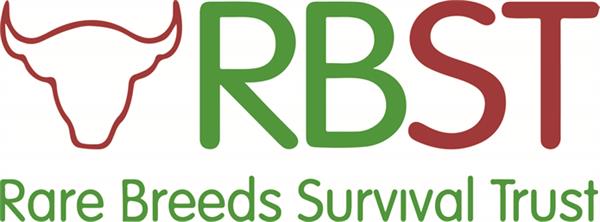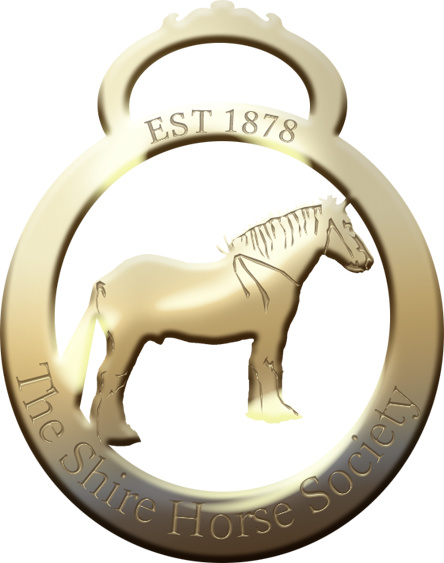SPARKS BREEDING PROGRAMME
SPARKS is now online at breeds.grassroots.co.uk/shire
You will need your membership number to login. Anyone who is not a current paid up member will not be able to log in
To log in the first time:
- Type in your membership number
- Click on “forgot password”
- Set your password to something you can remember
Once logged in, there is a 5 minute video and a system user guide. (However you will not have access to the entire system!). A separate user guide for the SPARKS element is available to download here, or on request to the office.
You will still need the Alphabetical List of Stallions Issued With A Service Book for locations and contacts for UK Stallions.
Please note that you will only be able to see the horses that are registered in your name, therefore please check that you have registered your ownership. You may also see horses on your list that are deceased. If this be the case, please contact the office to let us know so that the horse records can be updated.
GUIDANCE NOTES ON USING SPARKS KINSHIP TABLES
Introduction
The Shire Horse Society (‘the Society’) has adopted SPARKS to tackle inbreeding in the Shire horse population. This is needed because inbreeding leads to loss of genetic diversity in the population. In turn, this threatens the health of individual horses and the health and sustainability of the Shire breed as a whole, because it has the following consequences:
- increased infertility
- increased foal mortality (deaths)
- increased likelihood of harmful genes accumulating in the breed
- increases risk of inherited diseases and deformities
- reduced overall fitness of the breed and resistance to diseases
A powerful way of tackling inbreeding is by managing ‘Mean Kinship’ through selection of mare/stallion pairings.
What is Sparks?
SPARKS is an advisory scheme that helps manage Mean Kinship and inbreeding. It is a computer programme that calculates Mean Kinships for every living pure-bred Shire in the Studbook, measuring how related any one Shire is to all others. SPARKS also calculates the potential inbreeding of foals resulting from specific mare/stallion pairings. Based on this analysis, SPARKS produces Kinship Tables for mares.
What are Kinship Tables?
The Kinship Tables are a tool to help breeders manage Mean Kinship and inbreeding via their decisions on which stallions to put to which mares. There is a Kinship Table for every living Shire mare that is pure-bred and registered in the breeding section of the Studbook.
Each one gives the mare’s date of birth, Studbook number and Mean Kinship coefficient. Based on the Mean Kinship coefficient, the mare is assigned to a Mean Kinship Band. Mares in Band A are of lowest Mean Kinship, i.e. are least related to the rest of the population, and those in Band H are the most related.
The mare information also gives the mare’s Inbreeding Coefficient. This is a measure of how related an individual animal is to itself through common ancestors that appear on both sides of its pedigree, whether in recent or distant generations.
Each Kinship Table includes a list of pure-bred Shire stallions that are available for use both in UK and Overseas. For each stallion there is a range of information including colour and kinship figures to help with breeding choices. Mare owners – please check that the stallion you select for mating had been issued with a service book for the current breeding season, before mating. If the stallion does not have a book the Society will not be able to register the progeny in the breeding section of the Stud Book.
How are KInship Tables used?
The Kinship Tables give the ‘Co-ancestry Coefficient of Progeny’ for each stallion/mare pairing. This is the level of inbreeding that the resulting foal would have. The lower this coefficient, the less inbred the foal would be. Co-ancestry coefficients of below 0.05 are considered acceptable. Those at 0.05 and above are not.
Using SPARKS is voluntary and intended to help mare owners to select a stallion. The Tables do not relate to the physical attributes of any mares, stallions or potential foals. Breeders should continue to use their own best judgement on this. The Tables are an additional tool to add genetic health to dam/sire pairing decisions.
To help interpretation of the Kinship Tables, the potential matings between mares and stallions are ranked into four Tiers. Tier 1 represents the best genetic pairings, and Tier 4 the worst. The Tiers are “traffic light” colour coded as follows:



